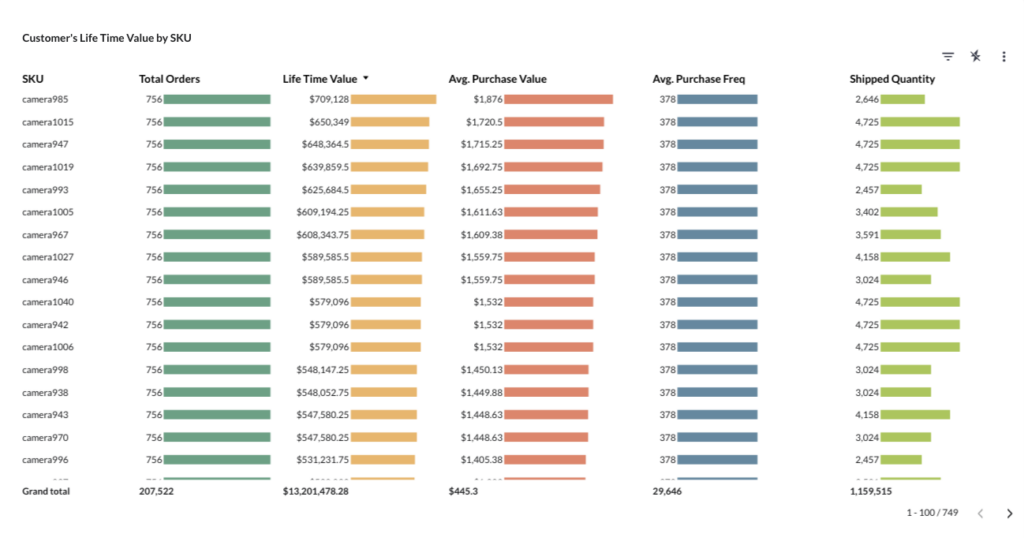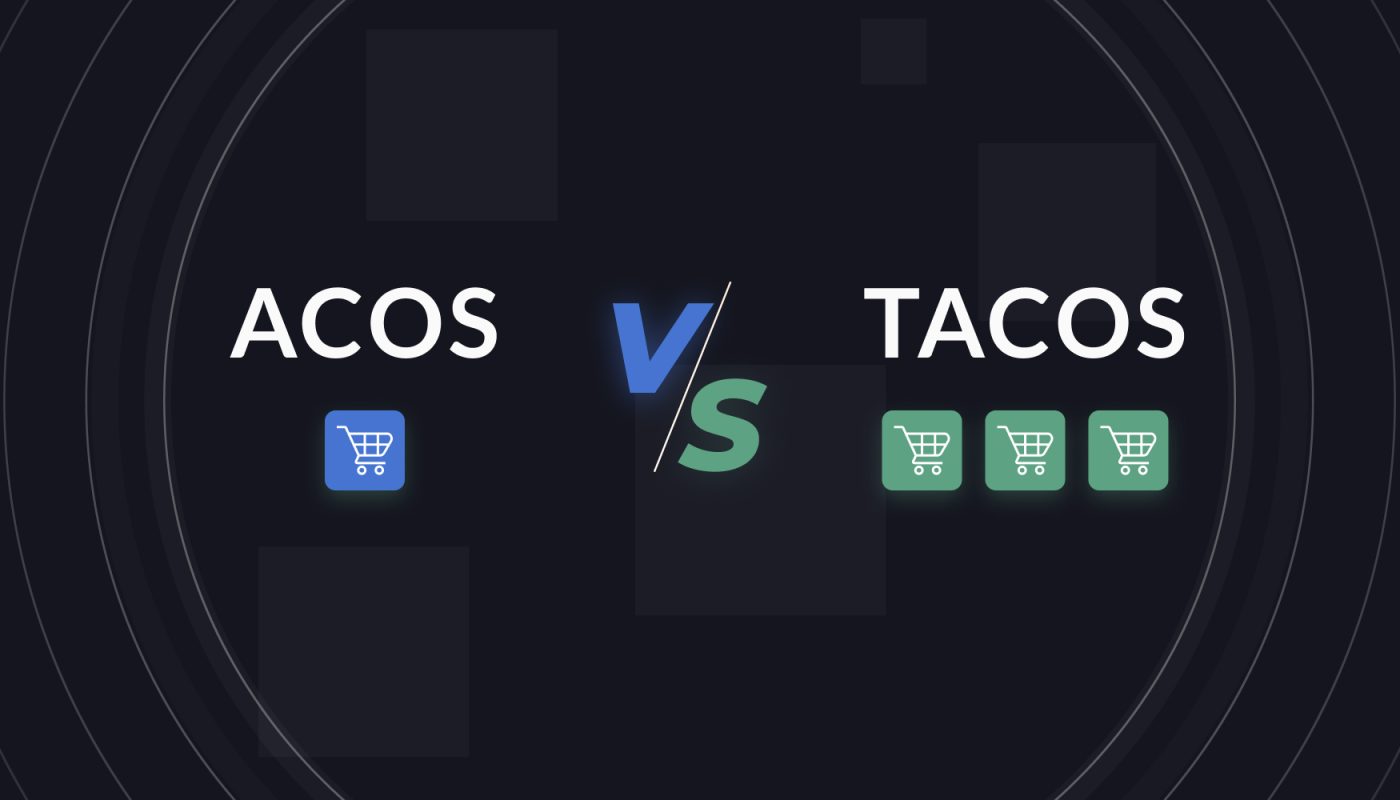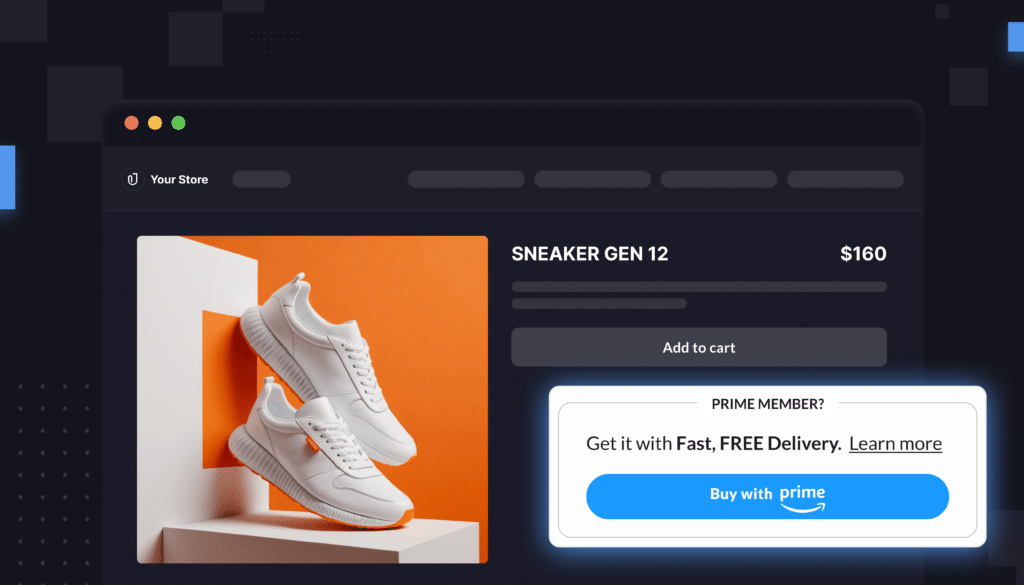Let’s say you log into your Ad Console, and you see your ACOS is over 100%. Time to panic, right?
Not so fast.
Recently, we spoke with a brand whose ACOS was consistently above 100%—sometimes even 200+%. Yet the brand deemed its ad strategy a success.
Why? Despite its extraordinarily high ACOS, that brand had a TACOS (Total Advertising Cost of Sales) that was well under 10%.
That big gap between ACOS and TACOS might be surprising, but it exists for a very simple reason: This brand has an extremely high repeat purchase rate.
The brand discovered this because it ran an analysis of its products and accounts in Intentwise Analytics Cloud, allowing it to see how its ads and retail data are intertwined. It discovered that, once it is able to convert a shopper, those customers tend to buy the same product organically many times over.
That makes spending a lot of money on ads upfront well worth it.
We wanted to highlight this case study for a simple reason. While ACOS is a critical metric, it’s important to always put ACOS into the context of other KPIs, including KPIs that also account for your organic data.
Your ads data, like ACOS, only tells you part of the story. If you don’t understand what your customers are doing after they make their first purchase, then you are missing out on the true impact—and value—of your ads.
Wait, what is TACOS?
TACOS, or Total Advertising Cost of Sales, is not a metric that Amazon itself displays in the Ad Console. It’s a KPI that marketers use, and that you can see at a glance in platforms like Intentwise.
For those not familiar, TACOS measures the total amount you spend for every sale—ad-attributable sales and organic sales. It’s a simple formula: TACOS = Ad Spend / Total Sales.
TACOS is important because it gives you a way to recontextualize your performance. ACOS measures the effectiveness of your ads in driving ad-attributable revenue, but it has little to say about what happens after that sale—or what kinds of shoppers are converting.
Why put ACOS into context?
- A higher-than-usual ACOS might not be such a concern if that ad campaign drove a high New-To-Brand rate.
- Similarly, a high ACOS is well worth it if your average Customer Life-Time Value is also very high.
In other words, ACOS should always be placed into the context of other metrics.
How should I evaluate discrepancies between TACOS and ACOS?
When you start examining TACOS and ACOS together, you might wonder how to think about the differences between the two. If your TACOS and ACOS are nearly equal, for example, is that a cause for concern?
Here’s our quick guide.
If your TACOS is significantly higher than your ACOS: This is an easy one. There’s pretty much no way your ACOS will be below your TACOS.
If your TACOS and ACOS are nearly equal: That means essentially all of your sales are ad-attributable. You aren’t earning nearly any organic sales.
This might not be such an issue if your product is relatively new on the market, or if you sell a high-price product that you don’t expect will be purchased repeatedly (e.g. a bed-frame or a diamond ring).
It’s also not an issue if your ACOS is profitable. Let’s say your ACOS and TACOS are each 30%. If you’re profitable at that margin, even if you’re not getting repeat purchases, then you may have no complaints.
But it is probably a concern if you sell a consumable product that you would expect to be re-purchased often. That goes double if your average product price is relatively low, e.g. below $15.
For instance, a snack brand with nearly equal ACOS and TACOS is probably doing something wrong.
If this describes your brand, you need to troubleshoot. For some reason, customers are opting not to purchase your product a second time. Could it be an issue with shipping? With the product itself? With the price point?
If your TACOS is significantly lower than your ACOS: No matter what type of product you sell, this is probably a good sign. Your TACOS being far better than your ACOS means that you are driving a high volume of organic sales.
That could be happening for a few reasons: (a) Either you rank highly in Amazon’s organic search rankings, which is great, or (b) you sell a product with a very high repeat purchase rate, which is also great.
Let’s return to the brand we discussed above. That brand sells supplements, and it used the Customer Life-Time Value template in Intentwise Analytics Cloud to discover that its CLTV was very high.

The brand realized that every shopper it converted came back again and again. So it decided to bid on expensive, high-visibility keywords that would get it in front of shoppers. Some of its top keywords had CPCs of $10+.
Its conversion rate on those ads was strong, but because the CPCs were so high, its ACOS would probably never drop below 100%.
In the end, the organic data told the brand that this aggressive, expensive ad strategy was worth the trade off.
What’s the takeaway from the TACOS analysis?
The case study above highlights the importance of connecting together both your ads and retail data.
At Intentwise, we speak often of the importance of building a data strategy. Essentially, a data strategy is a set of processes for ingesting and organizing your Amazon data to make it actionable.
In fact, just this week, we launched a Data Strategy Learning Hub that answers all of your questions about how to manage your shopper and ads signals.
Just looking at ACOS alone is like watching a movie with your eyes closed: You might get the broad strokes of what’s going on, but you’re missing some essential context.
You need a 360-degree view of your business—one that includes ads, retail, and operational data, and metrics like TACOS and CLTV—in order to know whether your ads are really doing what you need them to do.
With context, a high ACOS might not be such a cause for alarm, and a low ACOS might not always be the major win you think it is.
Want to figure out how to get that context? Visit our Learning Hub, and begin planning your data strategy now.








